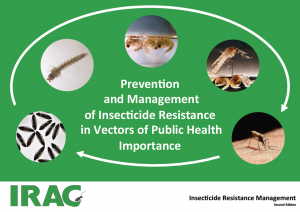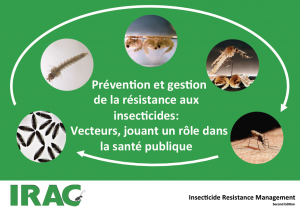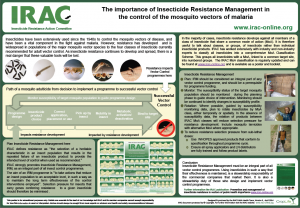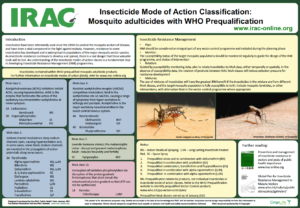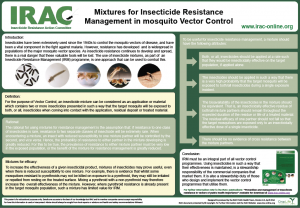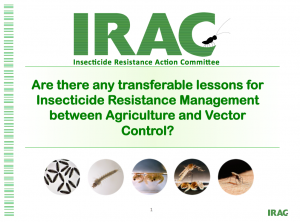Aedes mosquito
Aedes sppThis pest profile covers two species of Aedes mosquitoes – Aedes aegypti, the Yellow fever mosquito and Aedes albopictus, the Tiger mosquito, (sometimes classified by subgenus, Stegomyia aegypti and Stegomyia albopictus.) These two species are responsible for the transmission of dengue fever, yellow fever and chikungunya.
Aedes aegypti on the left and Aedes albopictus on the right. Note the different thorax markings (Courtesy of CDC). Click for further details on the species difference
Dengue fever is a viral disease causing between 50 -100 million cases per year in 100 endemic countries. Dengue haemorrhagic fever is a severe type of the disease and can cause death in adults and children. Yellow fever is widespread in South America and Africa and while vaccination is available there are still many cases per annum in these territories. The emergence of Chikungunya is another important viral disease in Africa and Asia but it is also rapidly spreading into warmer European countries such as Italy, while not usually fatal its` symptoms can be very debilitating. Aedes mosquitoes are found in tropical and subtropical climates, but are readily spread by human activities, and are now found in many temperate regions.
Ae. albopictus is a very invasive species and has now been reported in 15 European countries. This diversity of habitats explains the abundance of Ae. albopictus in rural as well as peri-urban areas. Larvae are found in a wider range of water-filled breeding sites than Ae. aegypti, including coconut husks, cocoa pods, bamboo stumps, tree holes and rock pools, in addition to artificial containers such as vehicle tyres and saucers beneath plant pots. Ae. aegypti is more closely associated with human habitation and uses indoor breeding sites, including flower vases, water storage vessels and discarded food containers etc.
Adult Aedes females lay 100-200 their eggs on the side of containers etc. They tend not to lay their eggs in one place but distribute them over several sites. Their eggs have the advantage over other species of mosquitoes since they can survive desiccation. When rain or flooding occurs and the eggs are submerged they hatch and develop into larvae.
The larvae of an Aedes mosquito hangs from the water surface with its posterior siphon, with their body pointing downwards. The larvae turn into pupae within 7 days and from these adults emerge within 2 days.
The adult Ae. aegypti and Ae. albopictus are aggressive daytime feeders which means people are not able to take precautions in the same way as for other mosquitoes. The mosquitoes will tend to rest in vegetation or inside the house in dark corners etc.

